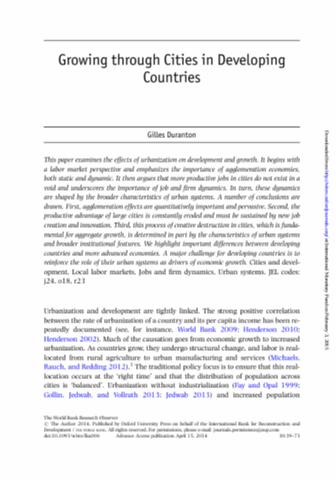Las leyes del suelo. A propósito de la propuesta de modificación y actualización del PRM-1994 de Santiago
The proposal for modification of the 1994 Metropolitan Plan for Santiago (PRMS) put forward by the Ministry of Housing and Urbanism (MINVU) at the beginning of 2008, allows us to reflect on the role of the land as a fundamental factor of urban activity and also as an element that remains as such through the whole process of property development, imposing its own “rules”.




